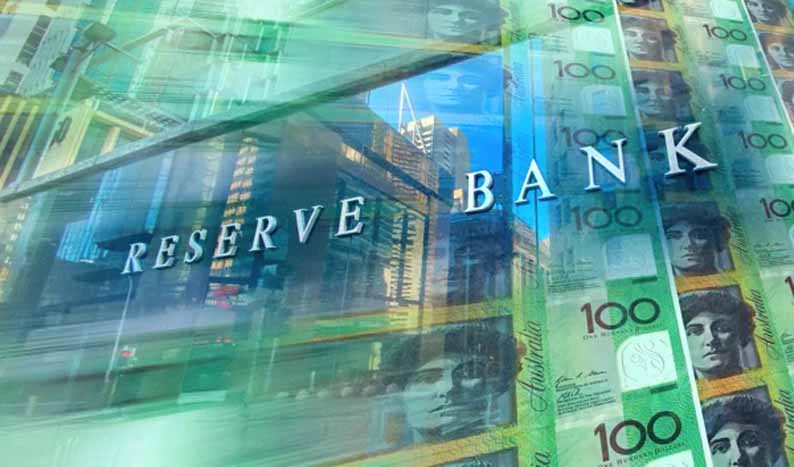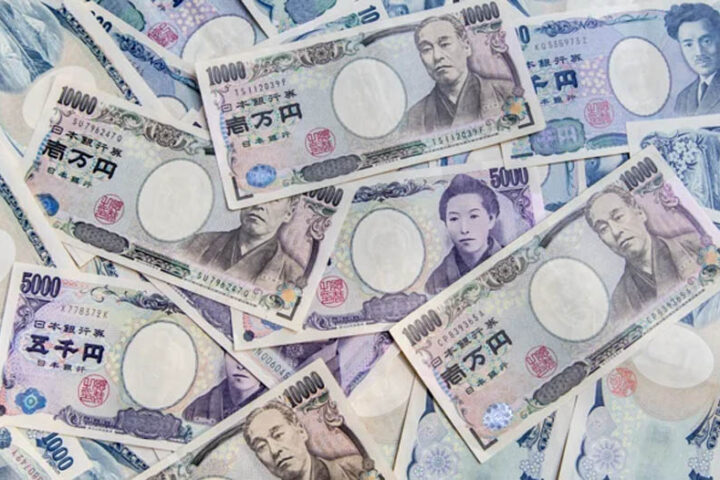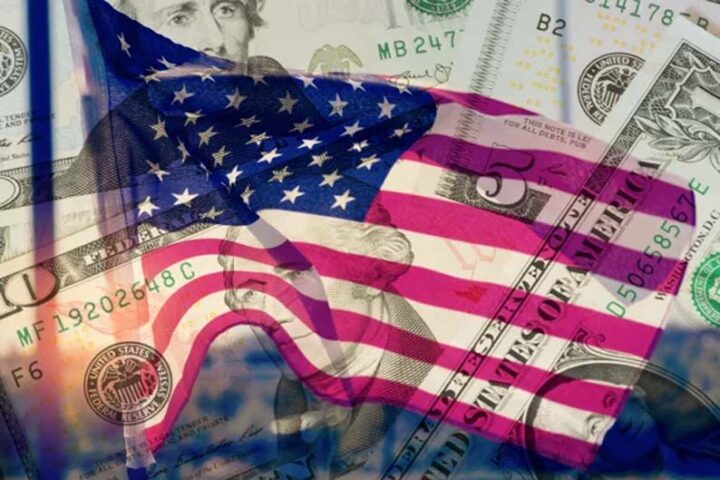By Craig Erlam
The Australian dollar softened Tuesday after the RBA opted to leave the Cash Rate at 4.1%, but warned some further tightening may be required.
The decision and statement – the first under new Governor Michele Bullock – was largely in line with what we’ve heard before and was a long way from suggesting another rate hike is imminent.
The language around further hikes potentially being needed is being used by all central banks that have just undergone a severe tightening process as they are hesitant to declare victory until it’s absolutely clear without doubt. That’s what happens when you’re heavily criticised for a slow start.
In reality, the RBA, like most other central banks is probably done.
We are seeing a lot of hawkish commentary from policymakers at the moment though, perhaps one final hawkish push to get every last drop from their tightening efforts, which is unsettling investors.
The data will be crucial now as we’re entering a period in which it’s assumed substantial progress will be seen.
That, alongside the lag effects of past measures, could see that language soften a little from some policymakers, although others like the Fed may hold the hawkish line for longer as the labour market remains remarkably resilient.
Oil extends pullback ahead of OPEC+ meeting
Oil prices continue to slide ahead of the OPEC+ meeting on Wednesday.
While the rally was already running on fumes prior to the pullback, it is interesting the scale of the move we’ve seen in recent days, with Brent off more than 5% since last Thursday.
Perhaps there’s an element of profit-taking ahead of the OPEC+ meeting after such a strong rally since mid-August or maybe risk-aversion elsewhere is weighing, driven by economic fears.
The question now is whether trading in recent days or the recent shift in risk appetite will influence the outcome of the meeting.
Gold continues to crumble
Gold is on course to extend its losing run to seven sessions, with the yellow metal currently down around a quarter of one percent, having been down three times as much earlier in the day.
Rising bond yields have hammered gold prices which have fallen from $1,900 to near $1,800 remarkably fast.
This will be the next test for the sell-off, with gold having rebounded strongly off this level back in February and March before rallying back toward record highs.
I’m not sure traders will be that confident of a repeat performance, but it will be an interesting test amid some very hawkish central bank commentary.
Craig Erlam is Senior Market Analyst, UK & EMEA at OANDA
Opinions are the author’s, not necessarily that of OANDA Global Corporation or any of its affiliates, subsidiaries, officers or directors. Leveraged trading is high risk and not suitable for all. Losses can exceed investments.







